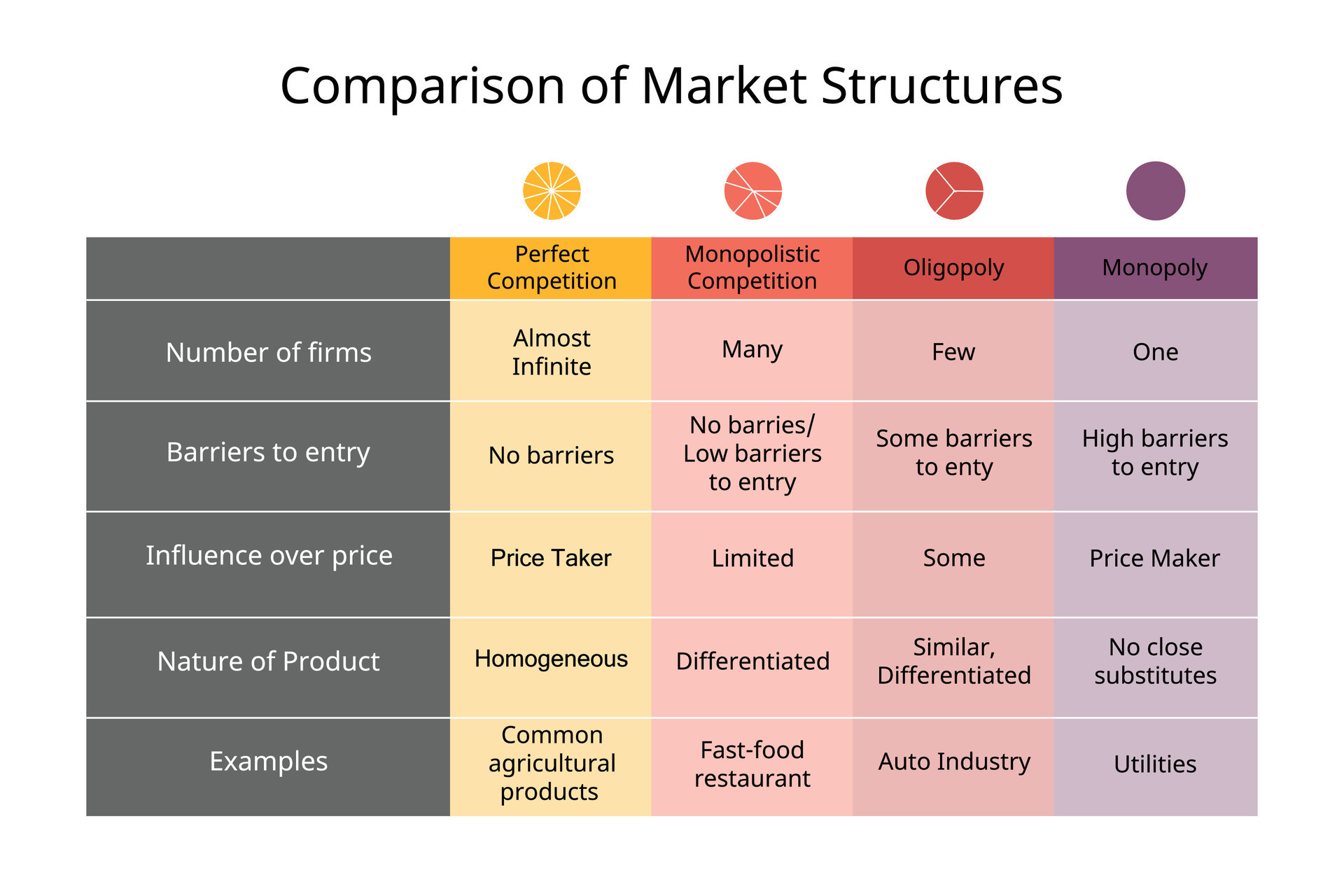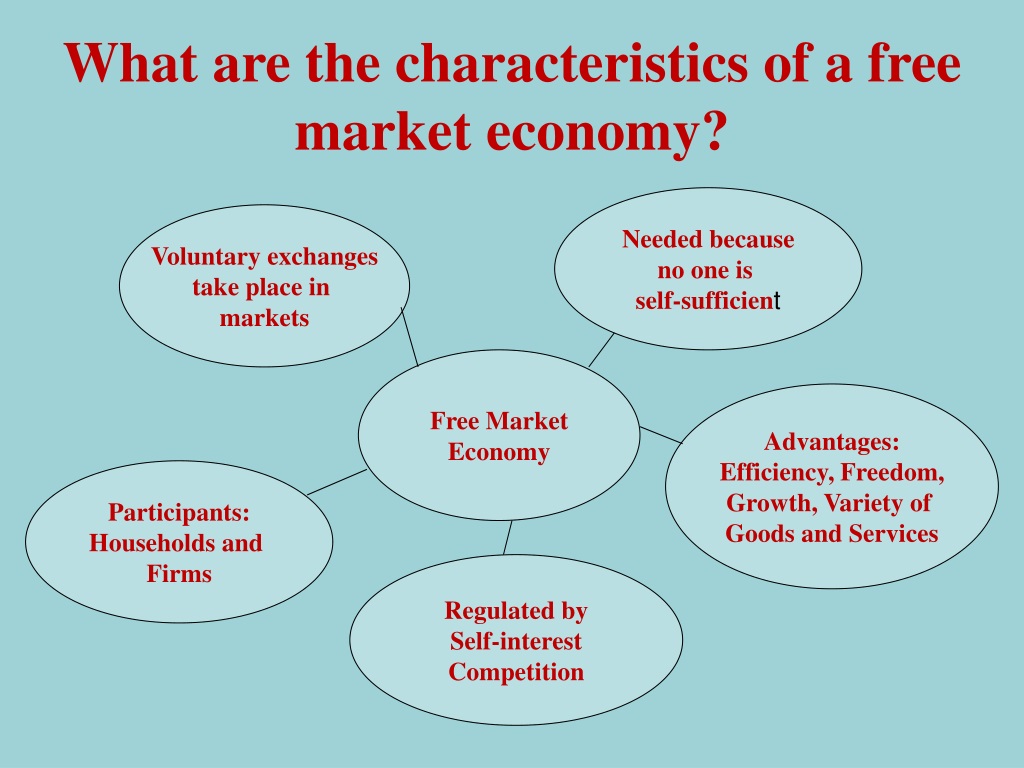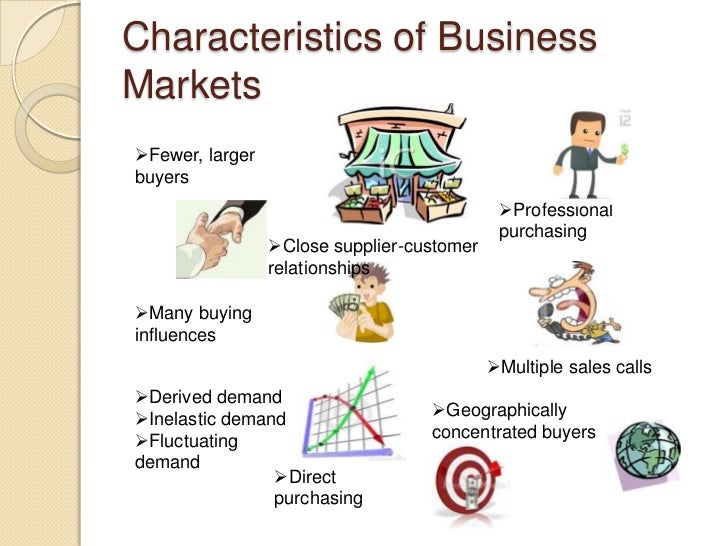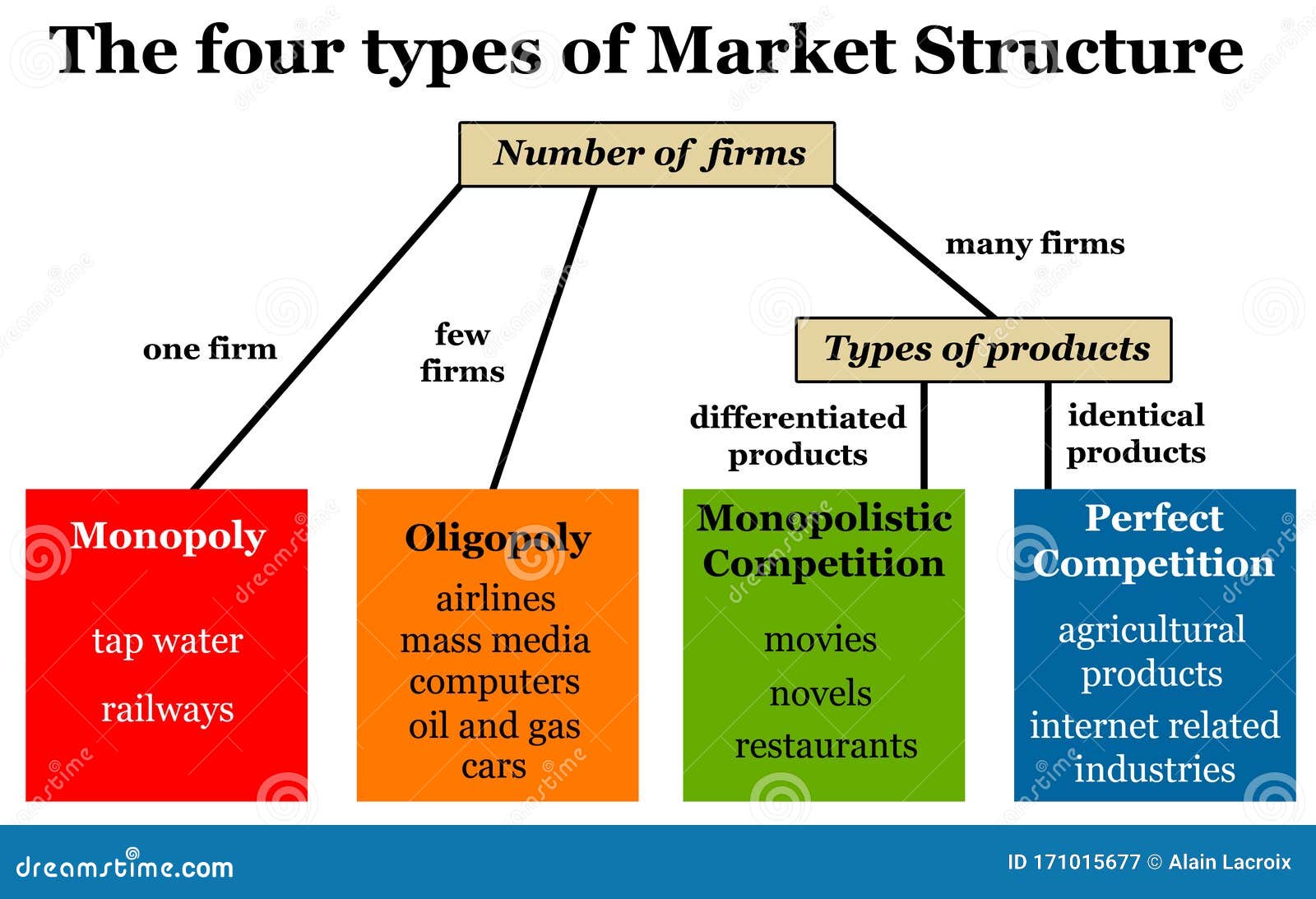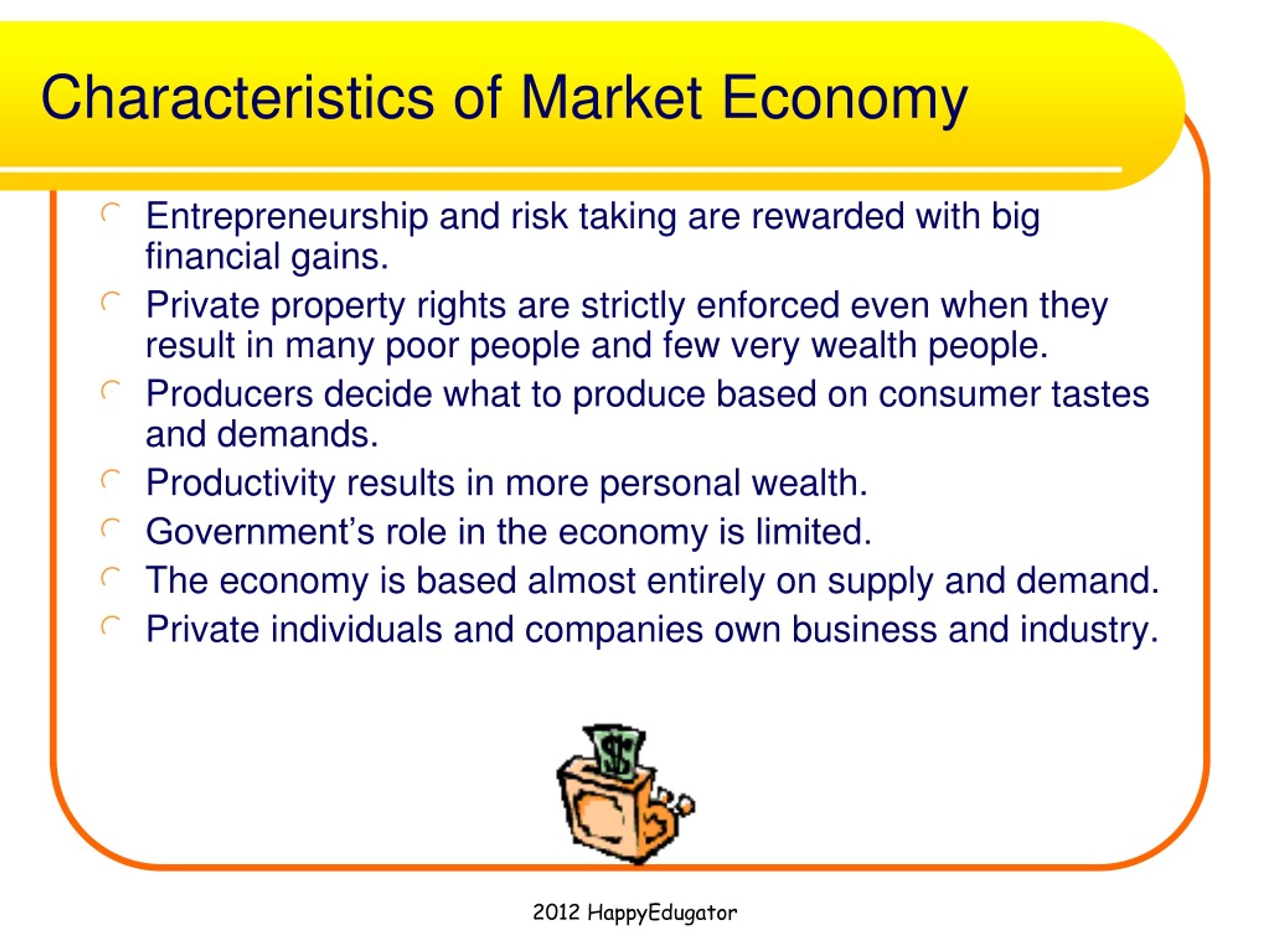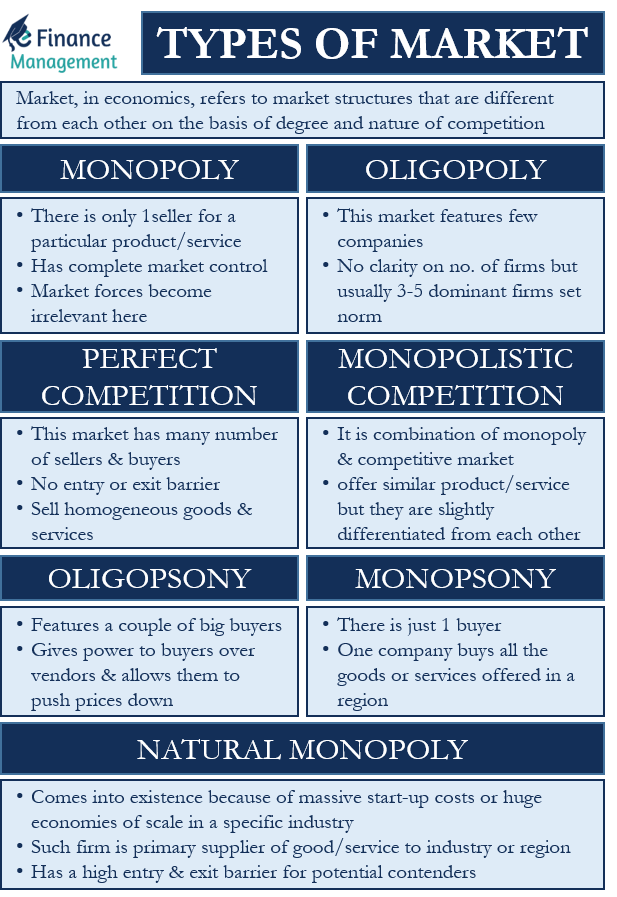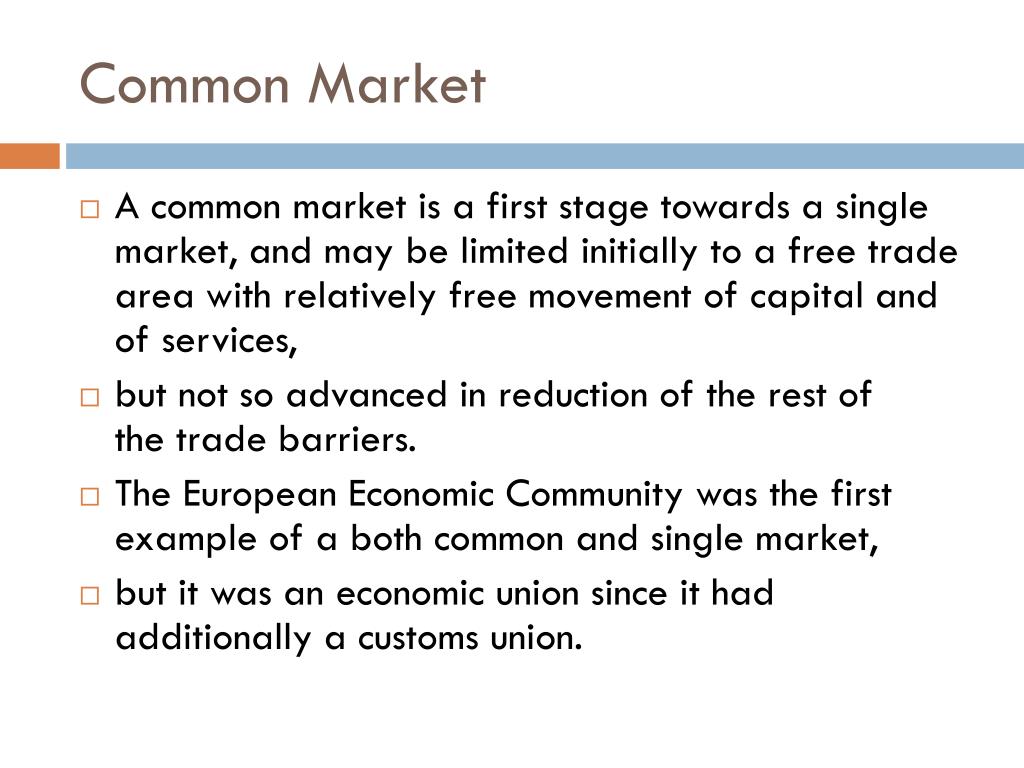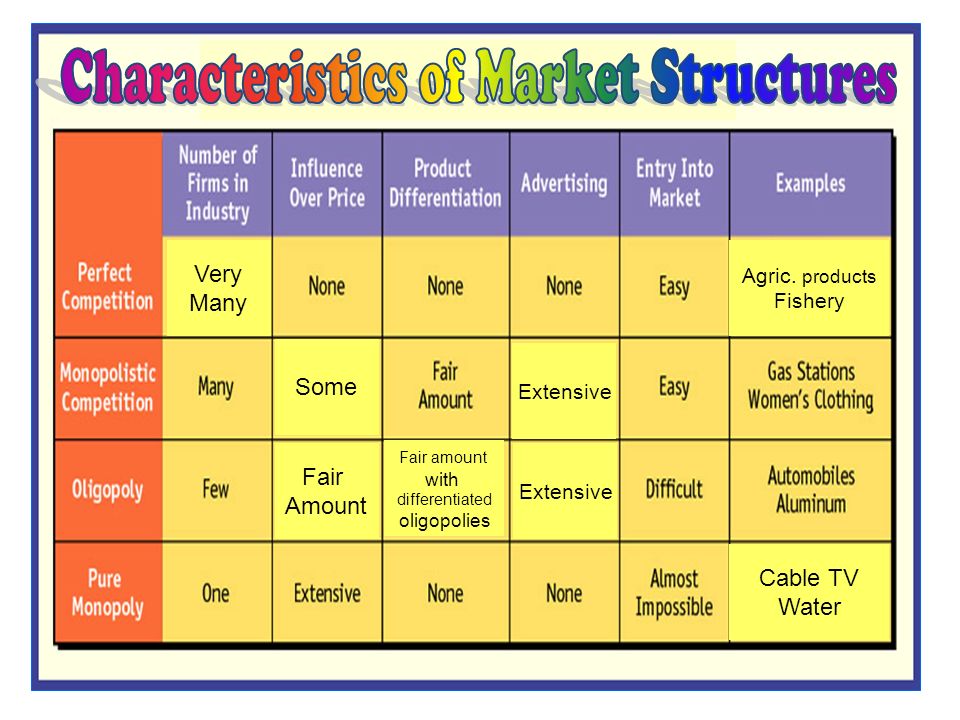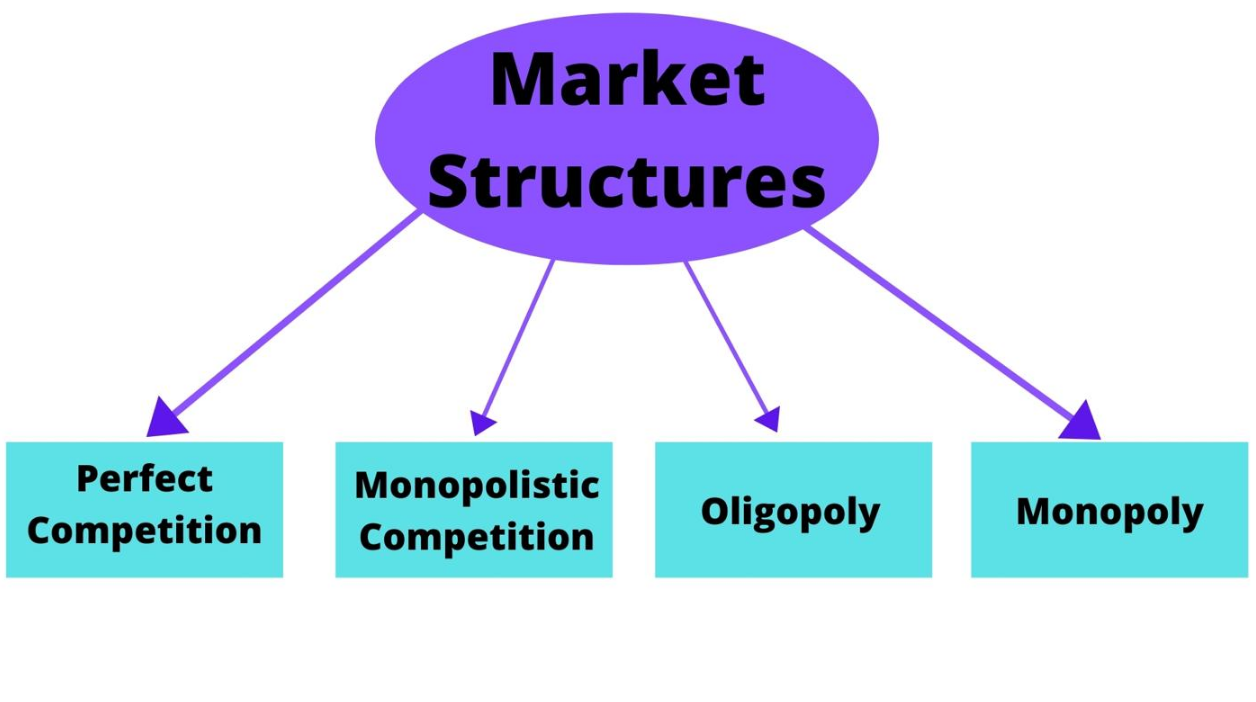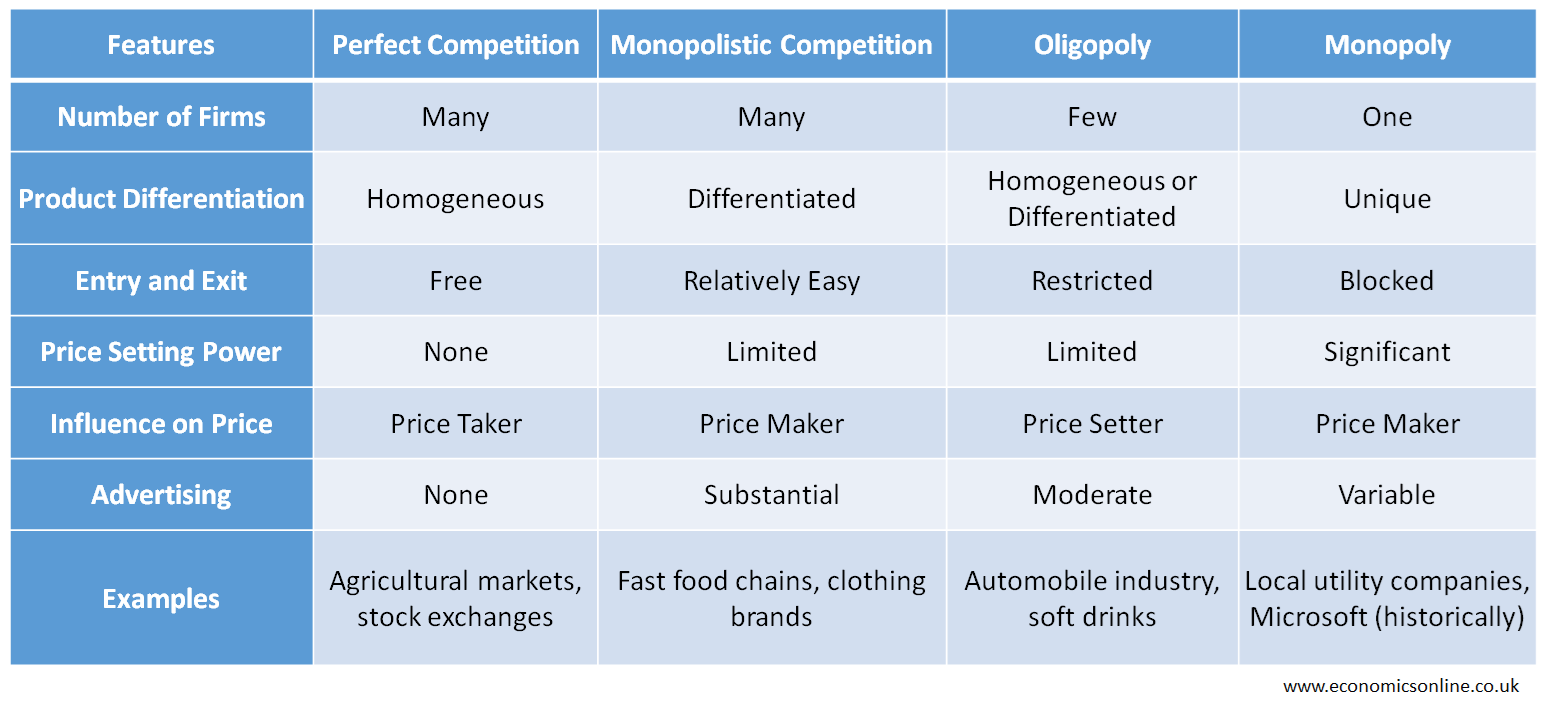What Are Two Characteristics Of A Common Market

The European Union, often hailed as a pinnacle of international economic integration, operates as a common market, facilitating trade and fostering economic growth among its member states. But what exactly defines a common market, and what are its core characteristics that set it apart from other forms of economic cooperation?
Understanding the characteristics of a common market is crucial in assessing its potential benefits and challenges. This article will delve into two key features: free movement of factors of production and a common external trade policy, examining their implications and significance in shaping the economic landscape of participating nations.
Free Movement of Factors of Production
One of the defining features of a common market is the free movement of factors of production. This encompasses not only goods and services, which are typically addressed in a free trade area or a customs union, but also labor and capital. In essence, it means that individuals and businesses can move freely between member states to work, invest, and establish businesses.
The free movement of labor allows citizens of member countries to seek employment in any other member country without facing discriminatory barriers like work permits or stringent visa requirements. This enables businesses to tap into a wider pool of talent and allows workers to pursue better opportunities and higher wages across borders.
For example, within the EU, a Polish carpenter can legally work in Germany, and a Spanish doctor can practice in France, contributing their skills and expertise to the host country's economy. This promotes efficiency and competitiveness by allocating labor to its most productive use.
Similarly, the free movement of capital enables businesses to invest in projects and expand their operations across member countries. This facilitates cross-border investment, encouraging economic growth and innovation. Companies can easily access funding from investors in different member states, and investors can diversify their portfolios across a wider range of investment opportunities.
The European Investment Bank (EIB), for instance, plays a significant role in channeling investment to projects that promote EU objectives, contributing to the free flow of capital within the Union. Over the years, it has invested in infrastructure, innovation, and small and medium-sized enterprises (SMEs) across member states.
However, the free movement of factors of production also presents challenges. Concerns about wage disparities, social dumping (where companies exploit lower labor standards in some member states), and the potential for brain drain in certain regions need to be addressed to ensure equitable outcomes.
Common External Trade Policy
Another crucial characteristic of a common market is a common external trade policy. This means that member states collectively negotiate and implement trade agreements with countries outside the common market. It ensures a unified approach to external trade relations and avoids individual member states pursuing conflicting trade policies.
With a common external trade policy, all member states apply the same tariffs and trade regulations to imports from non-member countries. This eliminates the need for customs controls at the borders between member states and facilitates trade within the common market. It also strengthens the bargaining power of the common market in international trade negotiations.
The European Union, for example, negotiates trade agreements with other countries and regions on behalf of all its member states. These agreements cover a wide range of issues, including tariffs, quotas, intellectual property rights, and investment rules. The EU's size and economic influence give it significant leverage in trade negotiations, allowing it to secure favorable terms for its member states.
A common external trade policy also helps to prevent trade diversion, where imports shift from more efficient suppliers outside the common market to less efficient suppliers within the common market due to preferential treatment. By applying a common set of rules to all external trade, the common market ensures that trade is based on comparative advantage rather than artificial barriers.
However, a common external trade policy can also be controversial. Different member states may have different priorities and interests when it comes to trade relations with specific countries or regions. Reaching a consensus on trade agreements can be challenging and may require compromises that not all member states are fully satisfied with.
Furthermore, the impact of trade agreements on specific industries or sectors within member states can vary significantly. Some industries may benefit from increased access to foreign markets, while others may face increased competition from imports. These distributional effects need to be carefully considered and addressed to ensure that the benefits of a common external trade policy are shared equitably.
The Significance of These Characteristics
The combination of free movement of factors of production and a common external trade policy creates a highly integrated economic area, fostering economic growth, increasing efficiency, and enhancing competitiveness. Businesses benefit from access to a larger market, reduced trade barriers, and a more predictable regulatory environment.
Consumers benefit from a wider variety of goods and services at lower prices. Workers benefit from increased job opportunities and higher wages. Economies benefit from increased investment, innovation, and productivity.
The European Union serves as a prominent example of a common market, demonstrating the potential benefits of economic integration. However, the EU also illustrates the challenges and complexities involved in managing a common market, including the need to address distributional effects, coordinate policies, and balance the interests of different member states.
The success of a common market depends on the willingness of member states to cooperate and compromise, to uphold common rules and standards, and to address the concerns of those who may be negatively affected by economic integration. It requires a strong institutional framework, effective enforcement mechanisms, and a commitment to shared prosperity.
In conclusion, understanding the fundamental characteristics of a common market, such as free movement of factors of production and a common external trade policy, is essential for assessing its potential benefits and challenges. These features shape the economic landscape of participating nations, influencing trade patterns, investment flows, and employment opportunities. While presenting complexities, the integration fostered by a common market can lead to significant economic advantages when managed effectively.



